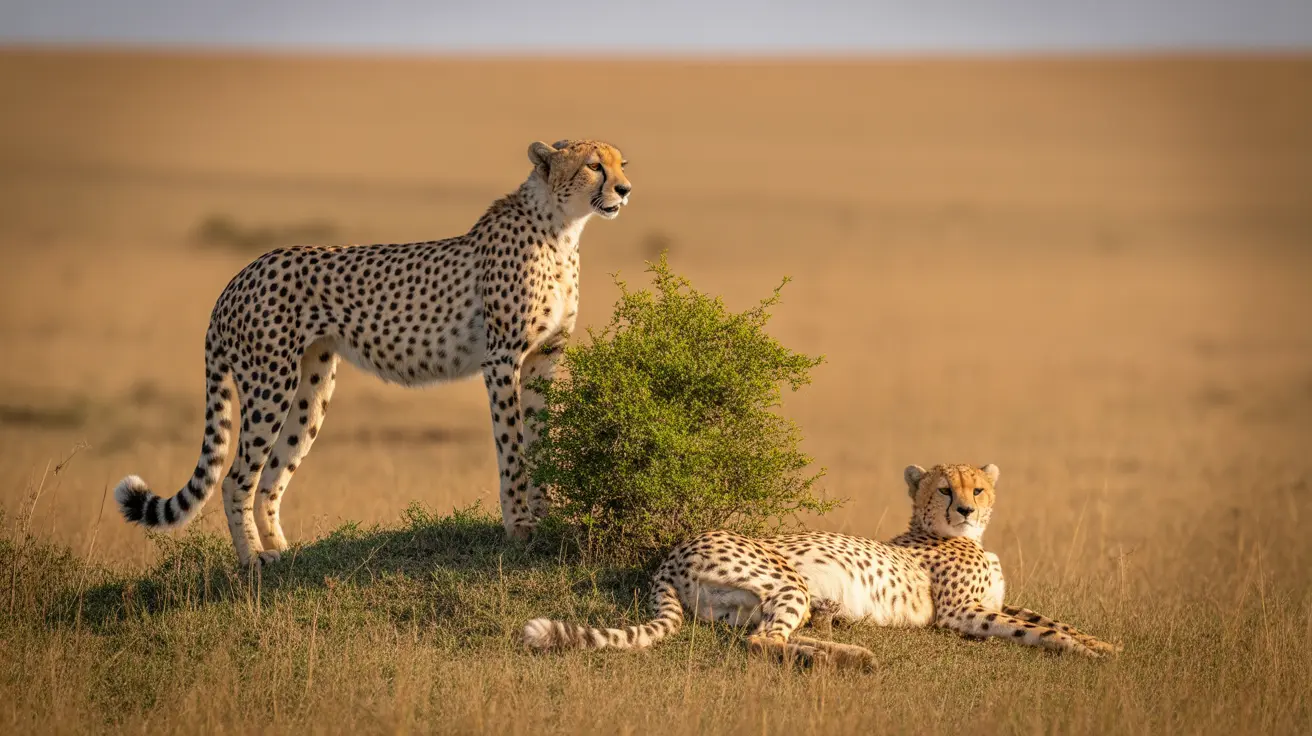How to Identify Cat Prints in the Wild or Around Your Home
Tracking animals through their footprints can be both a practical skill and a fascinating hobby. Among North American wildlife and household pets, cats — whether domestic or wild like bobcats or cougars — leave distinct tracks. Recognizing these prints can help you know whether a feline friend or predator has been wandering nearby.
Basic Characteristics of Cat Prints
Cat tracks can be distinguished by several key characteristics. These include the shape of the paw, number of toes, claw visibility, and overall size.
Main features:
- Number of toes: Cats have four toes on their front and hind feet.
- No visible claws: Since cats retract their claws when walking, you often won’t see claw marks.
- Shape of paw pad: The central pad has a three-lobed heel and two prominent lobes at the top, forming an ‘M’ shape.
- Size: Domestic cat prints are small, about 1 to 1.5 inches across. Bobcat prints are larger (1.5 to 2.5 inches), and cougar prints average 3 to 4.5 inches wide.
Identifying Cat Tracks vs. Dog Tracks
People commonly confuse cat prints with those of dogs, but there are important differences:
- Claws: Dogs usually show claw prints since they cannot retract their claws.
- Shape: Dog pads are more triangular and symmetrical, while cat pads are more rounded and asymmetrical.
- Stride and gait: Cats usually direct-register — their hind paws land where their front paws stepped — making their trail clean and straight. Dogs display a more spread-out gait.
How to Track Cats
If you suspect a cat has been walking through your yard, or you’re trying to identify wild cat activity, consider the habitat and consistency of the track pattern.
Steps:
- Look for soft ground: Mud, snow, and sand are ideal surfaces for capturing clear tracks.
- Measure the print: Use a ruler to determine width and length to differentiate between species.
- Check stride length: Cougars, for example, have longer strides (up to 40 inches) when walking.
- Assess pattern: Domestic cats leave tracks in a direct line with precise placement; wild cats may show more randomness depending on terrain.
Species-Specific Notes
Domestic Cats:
- Print size: 1 – 1.5 inches wide
- Rounded overall shape
- Usually found near homes, gardens, or urban parks
Bobcats:
- Print size: 1.5 – 2.5 inches
- Found in rural, wooded, or mountainous regions
- Might see other signs like scat or scratch marks
Cougars/Mountain Lions:
- Print size: 3 – 4.5 inches
- Large, powerful-looking prints with no claws
- Found in forests, deserts, and remote mountainous areas
Tips for Accurate Identification
- Photograph the prints: Capture from various angles and include an object for scale.
- Note the substrate: Tracks in snow may appear larger due to melting, while in dry soil they may barely show.
- Track length and gait are clues: Observe how far apart the prints are and whether they're in a straight line.
Why It Matters
Identifying feline tracks is important for several reasons:
- Pet safety: Recognizing large cat tracks near your home can help protect pets and children.
- Wildlife observation: Knowing what animals live in your area can aid in conservation or recreational tracking.
- Peace of mind: Being able to distinguish a housecat from a bobcat can reduce unfounded fears.
Conclusion
Recognizing cat prints requires a careful eye and some basic knowledge. Whether you're trying to determine if your pet cat is sneaking out at night or identify a wild animal’s presence, understanding the distinct traits of feline tracks can make all the difference. Look for the round, clawless prints with a characteristic pad shape. Practice in a variety of terrains and compare photos when in doubt. With time and attention, you’ll become adept at reading the quiet footprints that cats leave behind.





